48 F. high temperature in St. Cloud Thursday.
40 F. average high on March 19.
37 F. high on March 19, 2014.
2.3" snow so far this month.
6.0" average snowfall for March in St. Cloud, to date.
March 20, 1991: Early tornado hits Faribault county from Bricelyn to Wells
The D-Word
Now
that our manic weather has morphed into ALL-or-NOTHING I no longer take
"average" for granted. It seems like we're either in a flood or a
drought. Temperatures are either excessively warm or brutally cold. How I
long to be normal. My wife wishes I was normal too, I should point out.
Today
comes news that 88.2 percent of Minnesota is in a moderate drought, up
from 5.7 percent just one week ago. The official drought outlook (below)
suggests a statistically significant risk this drought may persist and
even intensify in the months to come. A drier, milder bias may spill
over into the summer. I hope the (alleged) experts are wrong. Wait,
there are no experts. Sorry.
And for the record this past winter
was the warmest, worldwide, on record, topping 2007. It was the 19th
warmest for the USA; record heat out west but colder for the eastern USA
- one of the few chilly spots on the planet.
Snow slushes up Philadelphia and New York City today while the Twin Cities, the garden spot of the USA, brushes 60F.
ECMWF
guidance shows a light rain-snow mix late Sunday; a little rain late
Tuesday but not the soaking we need right now. Check out lake water
levels. I hope this doesn't turn into a rerun of 2012.
Flash-Drought.
Over 88% of Minnesota is now in moderate drought, up from just over 5%
of the state last week. Here's more information from NOAA and USDA's
Drought Monitor: "
In
Minnesota, record temperatures sped up the drying process and
precipitation is 2.5 to 3.5 inches short since October 1. In the Dakotas
and Minnesota, temperatures were 18-24 degrees above normal this past
week..."
Drought Outlook. According to
NOAA NCEP
the drought may persist or intensify from the eastern Dakotas into
Minnesota and far western Wisconsin in the months to come. Based on the
trends this outlook seems reasonable, if not unfortunate.
3-Month NOAA CPC Outlook. The Drought Monitor Forecast dovetails with the official verdict from
NOAA's Climate Prediction Group,
anticipating drier than average for the Pacific Northwest and Upper
Mississippi Valley from April into June; a bias toward warmer than
average weather from the Twin Cities and Fargo westward to California
and Alaska.
Minor Relapse.
12 km NAM data from NOAA shows a slushy streak from North Dakota into
Minnesota and southern Wisconsin Sunday night and early Monday, possibly
just enough to whiten some lawns and fields, although I suspect most
roads will stay wet. A couple inches of snow may fall today from
Philadelphia to New York City. Source: Ham Weather.
Spring Fever Today, Then Cooling Down.
I think the European solution above is overestimating just how chilly
it's going to be next week; I see more 40s than 30s, but the atmosphere
may be just cold enough for a little wet snow Sunday night into Monday
morning. By late Tuesday temperatures aloft warm enough for rain
showers. With temperatures dipping below freezing every night next week
expect your favorite pothole to expand in size. Graphic: Weatherspark.
Seasonably Cool.
500 mb winds valid Thursday evening, April 2, show a continuation of
cool and relatively dry for the Upper Midwest and Great Lakes as
Canadian air clips the northern tier of the USA. At the rate we're going
I think we'll go through the entire month of March, the second snowiest
month of the year, with less than 3" of snow. Average snowfall is just
over 10". Map: GrADS COLA/IGES.
Greatest Spring Flood Risk.
The risk of spring flooding appears to be greatest from New England to
the middle Mississippi River Valley, according to NOAA, which adds: "
According
to NOAA’s Spring Outlook released today, rivers in western New York and
eastern New England have the greatest risk of spring flooding in part
because of heavy snowpack coupled with possible spring rain. Meanwhile,
widespread drought conditions are expected to persist in California,
Nevada, and Oregon this spring as the dry season begins..."
The Only Place It Was Cold This Winter Was The East Coast of the USA. Joe Romm includes a few eye-opening statistics in his post at
ThinkProgress; here's the introduction: "
If you live on the East Coast of the United States, the National Oceanic and Atmospheric Administration has just released some statistics that may surprise you:
- Globally, this has been the hottest winter on record, topping the previous record (2007) by 0.05°F.
- This was “the 19th warmest winter for the contiguous US.”
- Globally it’s easily been the hottest start to any year (January-February), beating the previous records (2002, 2007) by 0.07°F..."
 Duluth Seeks New Federal Grant for Flood Victims
Duluth Seeks New Federal Grant for Flood Victims.
Fox 21 in Duluth has the story and video - here's an excerpt: "
It's
been three years since raging floodwaters tore through Duluth's streets
and homes, leaving millions of dollars in damage behind. People are
still struggling to fully rebuild. But now, the city is calling on those
homeowners to help land a grant that could be between $1 million to
$500 million..."
The Scientific Case for Cold Showers. A fascinating article at
Fast Company
argues that cold showers increase blood circulation, releases
endorphins and can make you a more productive human being - if you can
survive it! Here's a clip: "...
Cold water has all sorts of tangible health benefits, as long as you can stand it. Katharine Hepburn spent a lifetime preaching its advantages.
Similarly, brave oceangoers who partake in polar bear plunges in New
Year claim it gives them a shot of adrenaline, leaving them feeling
renewed and fresh. (Although doctors warn
that drastic temperature shocks can be bad for people with underlying
heart conditions.) And Russian Orthodox Christians have been known to go
cold-water swimming for religious purposes every January to purify
their souls..."
New Storm Surge Watch/Warning Maps to be Tested in 2015 Hurricane Season.
NOLA.com in New Orleans has an interesting story - here's an excerpt: "...
Several years in the making,
the new maps are the second step in a program aimed at instituting
separate storm surge watch and warning messages on a test basis during
the 2016 hurricane season and making them permanent in 2017. The changes
also include revised language for watch and warning messages. The maps
and revised messages would be part of forecasts issued every six hours
as a storm approaches the coast..."
Image credit above: "
The
National Hurricane Center will issue prototype color-coded maps showing
storm surge watch and warning areas during the 2015 hurricane season,
which begins June 1."
March 18 Was The 90 Year Anniversary Of America's Deadliest Tornado.
The famous Tri-State Tornado may have been a family of tornadoes,
forming one after another, dropping out of the same massive, supercell
thunderstorm. John Belski has a good recap and links to more resources
at
WLKY.com: "
The
Tri-State tornado first touched down in southeast Missouri then
traveled across southern Illinois and did not lift up until it was over
southwest Indiana. The twister was on the ground for 295 miles. 695
people died and over 2,000 were injured..."
Tornado Forecast Study A Piece of the Loss Puzzle, Author Says.
Winter El Nino and La Nina patterns are good (but not foolproof)
harbingers of spring tornadoes to come, according to a story at
RiskMarketNews; here's an excerpt: "...
Allen and fellow Columbia professor Adam Sobel recently published a study
suggesting that cyclical interactions of El Niño and La Niña that occur
in the winter months in the Pacific — known together as the El
Niño-Southern Oscillation — can offer forecast signals tied to the
spring tornado season in the U.S. Simply put, an El Niño pattern can
dampen tornado activity while an La Niña can increase the chance of
severe storms..."
Why Californians Are Starved of Water.
Minnesota should not take its abundance of water resources for granted.
Mark my words: at some point western states will be circling for a
piece of our H2O. Here's the intro to a sobering read at
Newsweek: "
California
is not suffering one drought but four. Each is a metaphor of what
California has become. The first California drought, of course, is
natural. We are now in the midst of a fourth year of record low levels
of snow and rain. Californians have no idea that their state is a
relatively recent construct—only 165 years old, with even less of a
pedigree of accurate weather keeping. When Europeans arrived in
California in the 15th and 16th centuries, they were struck by how few
indigenous peoples lived in what seemed paradise—only to learn that the
region was quite dry on the coast and in the interior..."
Photo credit above: "A
visitor walks near the receding waters of Folsom Lake, which is at 17
percent of its capacity, in Folsom, California, on January 22, 2014." Robert Galbraith/Reuters
California Targets Wrong Water-Wasters. Almonds anyone?
East Bay Express
in the Bay Area takes a look at California's perpetual drought and who
is using the most water. You will be as surprised as I was. Here's an
excerpt: "
As the state's water supply plummets to scary levels,
officials are going after people who overwater their lawns. That's a
good idea. But they're not the worst culprits.
More bullet points from the article (thanks to Hunter Cutting)
"
California's
agricultural interests use 80 percent of the available water in the
state each year, even though they represent just 2 percent of
California's economy."
"
California's almond crop now consumes more water than all outdoor watering combined."
"
At
least 70 percent of the state's almond crop is now exported — much of
it to China. In other words, we're essentially exporting our water to
China."
"
In the past decade, the number of almond
orchards in the state has grown by roughly 50 percent — primarily
because tree nuts are highly profitable for farmers."
My Ride In The Sci-Fi Car of the Future.
I still can't get excited about autonomous vehicles that drive
themselves. Maybe if I had a horrific daily commute I'd feel different.
Then again millennials aren't nearly as attached to their own vehicles
as their parents. Here's a clip from a story at
Fortune: "...
Welcome
to the future, at least as envisioned by Mercedes and its team of
futurists who have built a sci-fi car that is intended to reflect what
driving will be like in 2030. What they came up with was a plush cabin
filled with touch screens and an autopilot who never tires..."
Self-Driving Car To Cross U.S. From California to New York. Head for the hills!
Gizmag reports.
Before We Go...
Hey, if local television can end on a high (happy!) note, why not
online. Here's an excerpt of a story with animated GIFs you'll want to
forward to your friends, courtesy of
Huffington Post: "
International climate change diplomacy isn't exactly a thrilling topic. From nonbinding resolutions to informal agreements and Intended Nationally Determined Contributions,
it can be hard to keep up with what's going on, and that's if you can
stay awake while talking about it! So to make it a little more fun,
we're going to illustrate the amazing progress of the last year with
baby elephant gifs, courtesy of reddit's /r/BabyElephantGifs..."

TODAY: Mild with fading sun. Showers up north. Winds: W 10-15. High: near 60
FRIDAY NIGHT: Turning windy and colder. Low: 29
SATURDAY: Partly sunny and cooler. Temperatures closer to average. High: 43
SUNDAY: Chance of a rain/snow mix late. Wake-up: 30. High: near 40
MONDAY: A little early slush? Clouds linger. Wake-up: 28. High: 42
TUESDAY: Showers, first clap of thunder? Wake-up: 31. High: 51
WEDNESDAY: Unsettled, lingering showers. Wake-up: 37. High: 48
THURSDAY: Blue sky, cool breeze. Wake-up: 29. High: 44
Climate Stories...
Scientists Say Arctic Sea Ice Just Hit a Disturbing New Level. Chris Mooney has details at
The Washington Post; here's an excerpt that got my complete attention: "...
And now, the Boulder-based National Snow and Ice Data Center (NSIDC), which tracks sea ice, has indeed announced that the peak winter Arctic sea ice extent “likely” occurred Feb. 25, and that this maximum “not
only occurred early; it is also the lowest in the satellite record.”
However, the agency does include several caveats. That includes not only
the word “likely,” but also the observation that “a late season surge
in ice growth is still possible...”
Obama To Order Cuts in Federal Greenhouse Gas Emissions. Here's the introduction to a story at
The New York Times: "
President Obama
will sign an executive order on Thursday to cut the federal
government’s greenhouse gas emissions, a White House official said, his
latest use of presidential power to address the root causes of climate change.
It is part of Mr. Obama’s effort during his last two years in office to
use an expansive interpretation of his presidential authority to
counter strong opposition from the Republican-controlled Congress to
enacting climate legislation...."

Humans Accepting Climate Change vs. Jello: The Coastal Effect.
Greg Laden has a fascinating post that may help to explain why
residents of the Plains states are more cynical and skeptical of climate
change than someone living near the coast in California, Florida or
Virginia. Here's an excerpt from
scienceblogs.com: "...
So, where does the bowl of Jell-O fit in to all of this? A recent study, in PLOS One,
examines attitudes about climate change in relation to distance from
the sea. The study takes place in New Zealand, but references other
studies that look at similar things elsewhere. The bottom line is this:
The farther a human lives from the sea, the less likely the human is to
accept the reality of climate change science. Putting this another way,
the father a bowl of Jell-O is from that which may poke it, the less
poked it is, and thus, the less it develops, learns, evolves, gets
smart..."
Republicans Push Climate Change Cuts at CIA, Defense Department. Yes, by all means let's ignore the problem so we can spend 10x or 100x within 5-10 years. That sounds like a good idea.
Defense One has the story; here's the intro: "
If Republicans get their way, the CIA and the Defense Department could soon have a lot less cash for climate research. The House GOP budget unveiled on Tuesday calls for cuts to CIA and DOD
programs devoted to the study of global warming, despite the fact that
the military has identified climate change as a major national security
threat and a key priority. “The Department of
Defense and the Central Intelligence Agency, two of the most important
agencies in our national security apparatus, currently spend part of
their budget studying climate change,” the budget states..."
Image credit:
NASA/Kathryn Hansen
Republicans Seeks To Push Climate Change Off National Security Agenda. Here's a slightly different perspective on the story referenced above; an excerpt from Mashable: "...The Pentagon produced a climate change “road map"
in 2014 that laid out the case for viewing global warming impacts as a
threat multiplier and, in some cases, as an immediate threat. The
Pentagon is concerned, for example, that sea level rise could flood its
largest naval bases, such as the massive installations in Norfolk,
Virginia, and make it more challenging to operate in already hot and dry
places that could become more expensive to operate in, like the
American Southwest..." (File photo: Hassan Ammar, AP).
The Right Warms Up To Climate Change. Here's an excerpt from a story at
The Daily Beast: "
Their
pace is, well, glacial, but conservatives are definitely moving in the
direction of endorsing climate change. Just don’t ask them to blame
humans yet. Four years ago UC-Berkeley physics professor Richard Muller
began releasing the results of a sweeping two-year climate study. It
confirmed what the overwhelming majority of other climate studies had
also found: that the Earth was warming and humans were almost entirely
responsible. But what set Muller’s study apart was that prior to the
release of his report, he had been known as a leading climate-change
skeptic..."
Photo Illustration by Emil Lendof/The Daily Beast.
Black Pastors Go Green? Church Leaders Team Up To Fight Climate Change.
Madame Noire has the article; here's the introduction: "
Who
wants to praise the Lord while suffocating in greenhouse gases and
other pollutants? Not I — and certainly not the nation’s top church
leaders. A thousand Black churches across the U.S. are teaming up with
the U.S. Green Building Council and Green for All to combat climate
change. They call it the “Green the Church” movement. When the Black
church has got your back, you’re going places. “No major movement in
this nation has been successful without power and leadership of black
church,” said Ambrose Carroll, founder of Green The Church..."
What Can a Mom Do When Climate Change Hits Home? Huffington Post has the Op-Ed; here's a snippet: "...
But here are a 3 things I know:
1.
I want to remain optimistic, but not foolishly so -- for there is a
fine line between optimism and wishful thinking, and wishful thinking
will not protect our children.
2. I want to allow myself
to get skillfully angry -- because the alternative is a quiet despair
and inaction, or the kind of talk that tends to get one dismissed as
"shrill" or worse..."
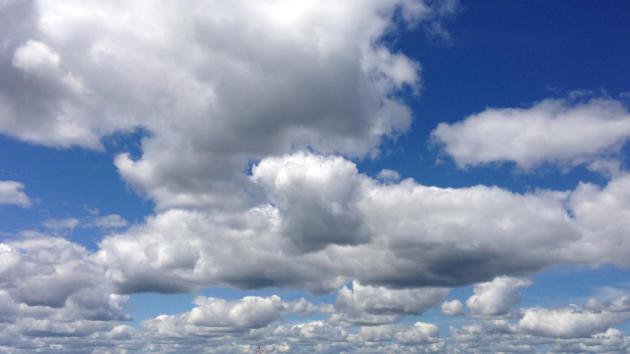

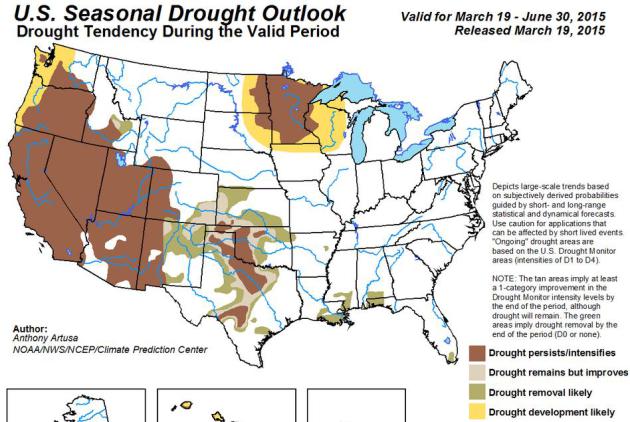
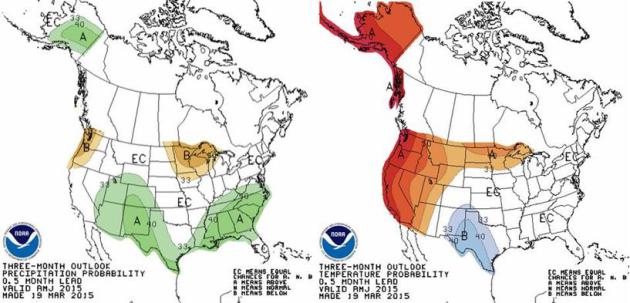
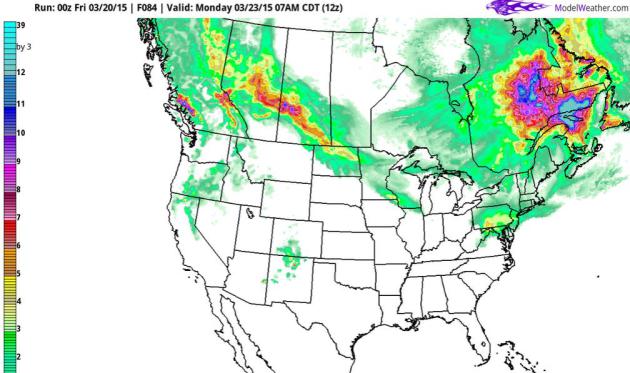

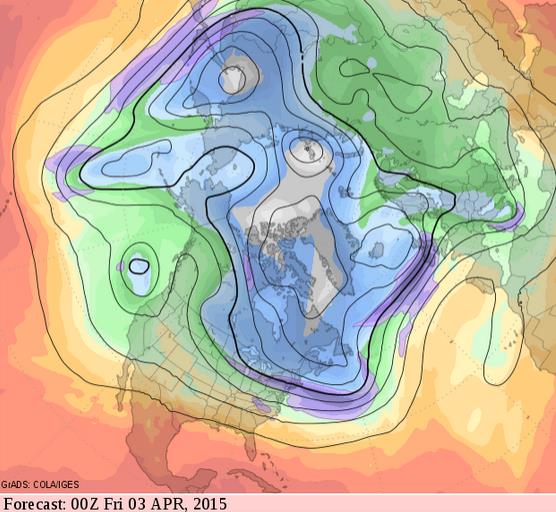
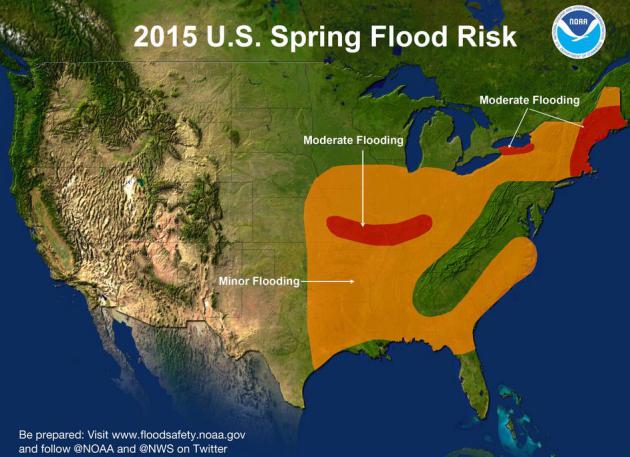
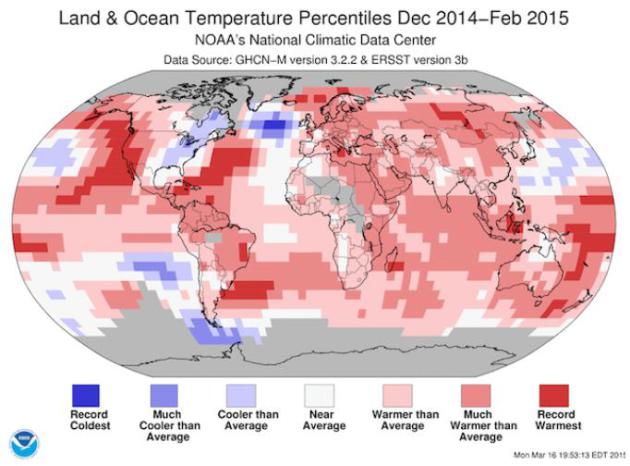




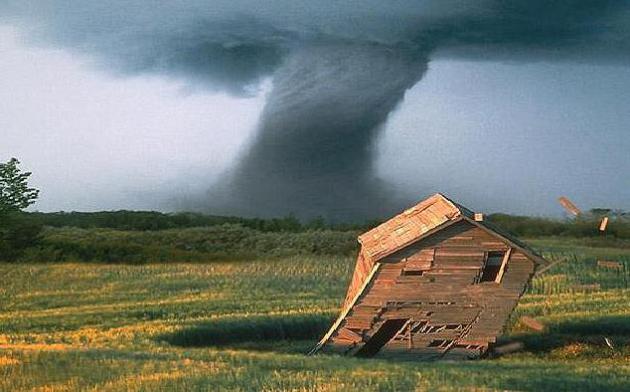
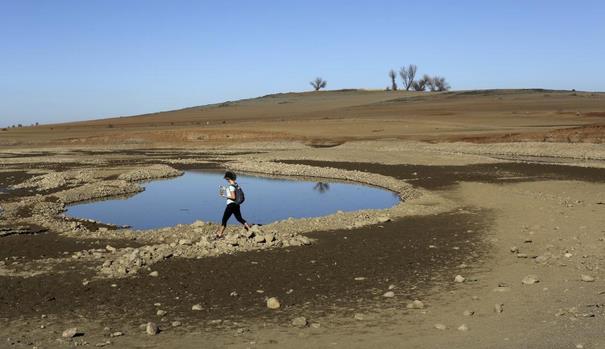


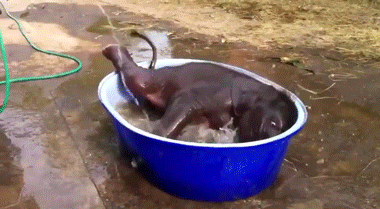
.jpg)


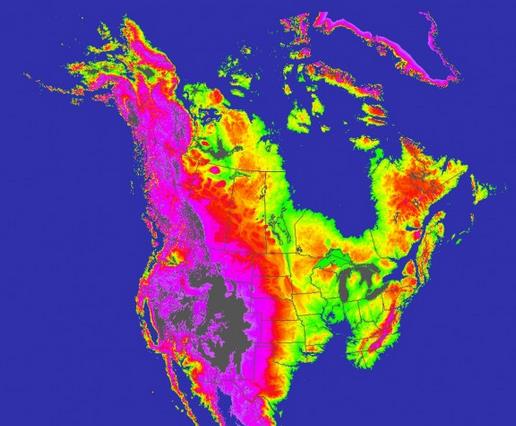
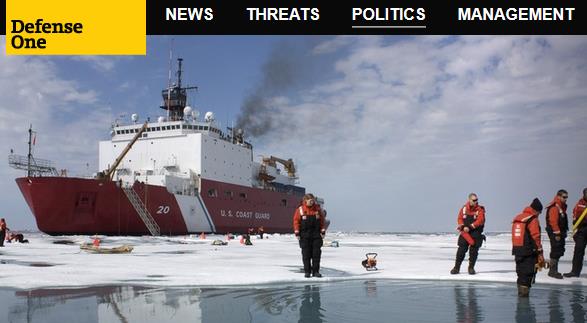

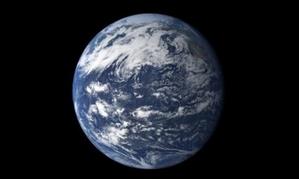

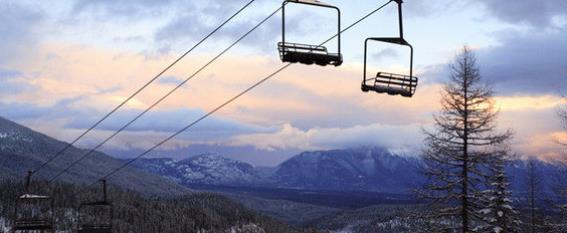
We all have dreams, no matter how young or old we all sleep and that world of mystery creeps in. Some of us do not remember our dreams, some of us are not able to understand them, while some others are able to predict them like the weather.
ReplyDeleteastrological consultation